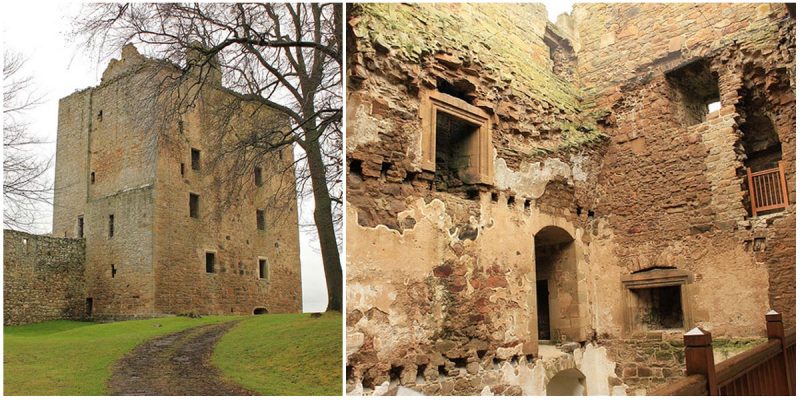Spynia palace stands as one of the oldest castles known to history. Built circa 1150 from nothing but wood, it stood still against all of the threats that were imposed upon it.
It was not until 1984 when the first excavations were made.
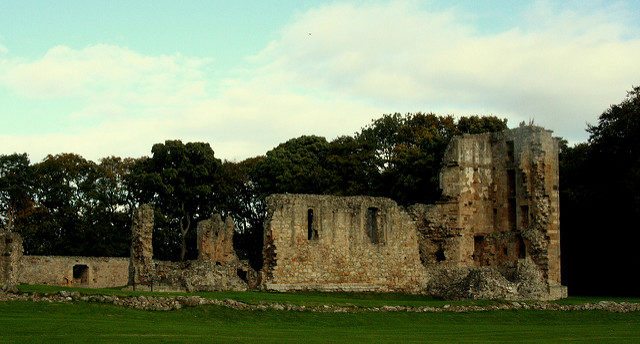
It was recently discovered that the original structure was surrounded by a ring work of a rectangular shape, and a ditch similar to those the 14th century castles had, known as a “curtain wall”.
Every castle needs a main gate, and Spynie Palace’s door lay to the south. Once inside, the gate led through a square full of buildings, and into the central courtyard.
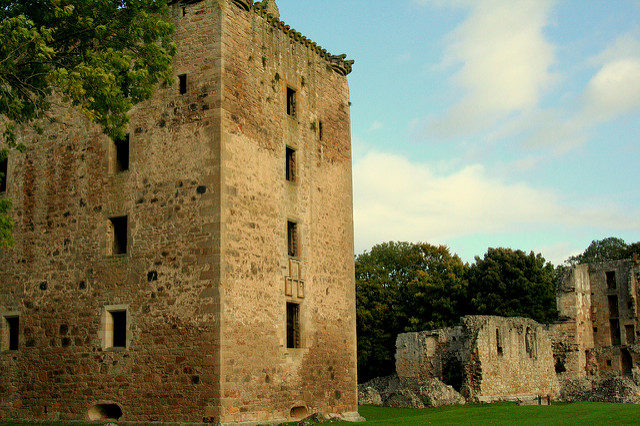
It was in the 13th century that this castle was transformed into a stone fortress built with sandstone. The first building erected was the chapel, which had some of the first colored windows, three pointed-arched windows.
And as every castle needs residents, the first people to step inside Spynie Palace were the Bishops of Moray.
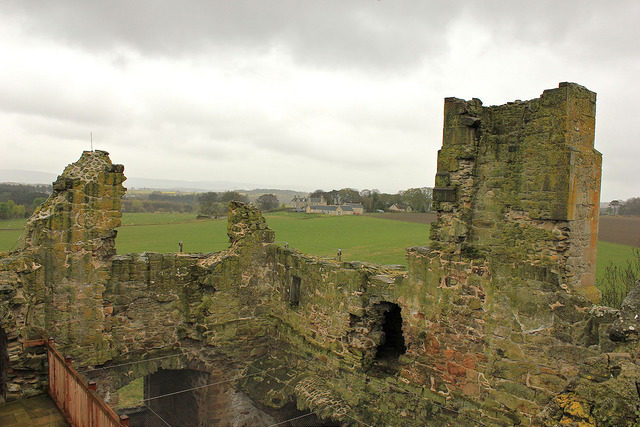
A century later this little church was transformed into a cathedral, a place where the bishop’s throne was located.
Back in the days, the Spynie Palace stood on the edge of a sea-loch, perfect for little fishing boats and large merchant ships, and outside of its gate and into the shadows of its magnificence was a thriving settlement.
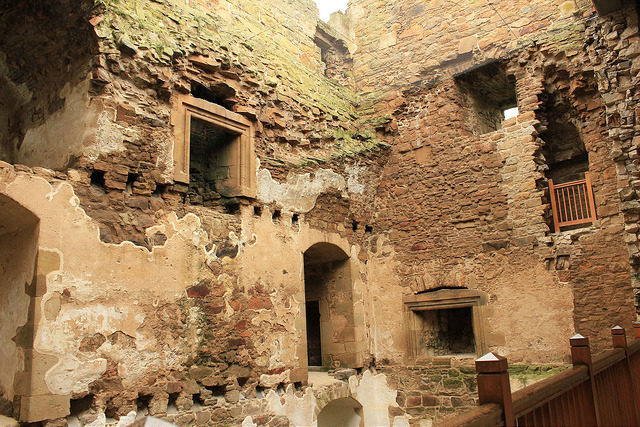
But as everyone knows, time is the ultimate soul merchant. Today there is no sign of the loch and a large part of it is used for farming.
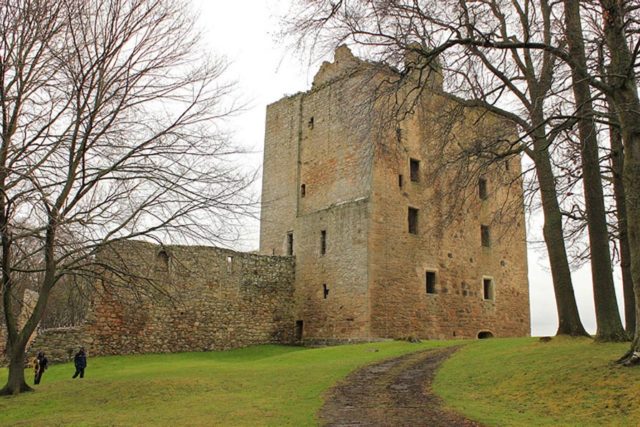
There will be no castle if there are no royal visitors, and this palace was visited by some of history’s most famous Kings and Queens such as: David II, Robert II, James I, James II, James IV, James VI and Mary, Queen of Scots.
On her way from the Huntly expedition Mary and her forces took refuge inside the walls of Spynie Palace from 17th to the 19th September of 1562. James VI was inside the walls of this castle in 1589.
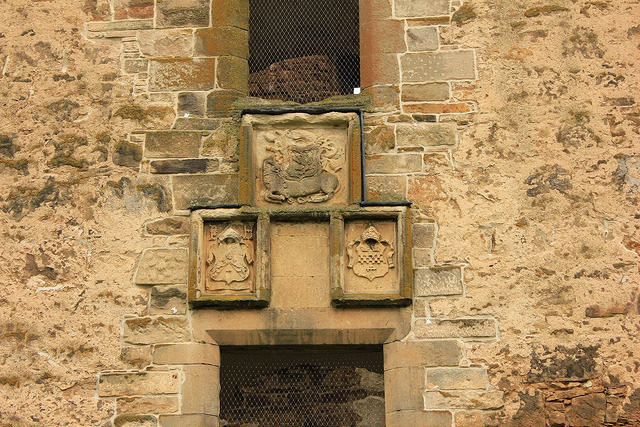
The story would not be complete without mention of the siege of the palace by General Munro in 1640.
He compelled Bishop Guthrie to surrender and so imprisoned him.
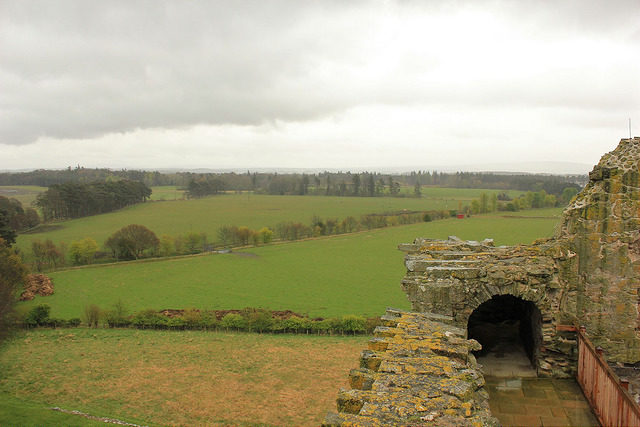
The last person that stood inside of the palace gates was Bishop Colin Falconer, who died in 1686.
- Another abandoned story from us: The Arcane Italian hill made entirely of ancient Roman jars
From that point forward, the palace was left as a gift for time, which has both destroyed it and preserved it to this day.
